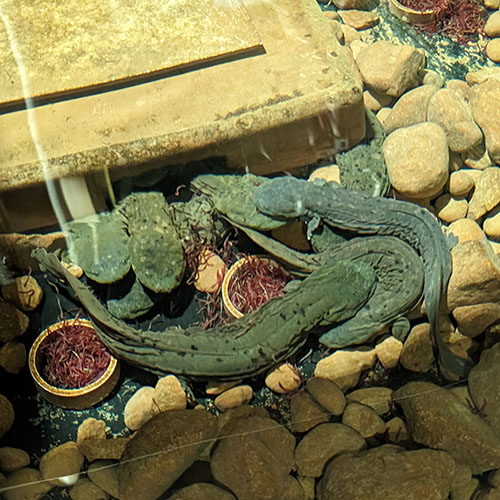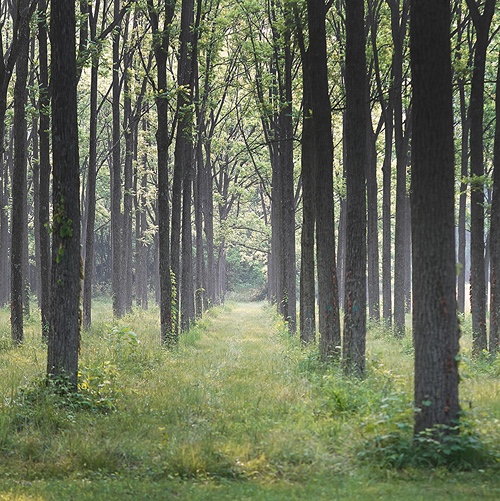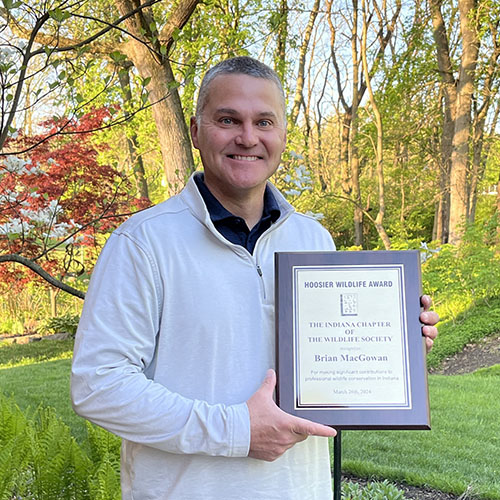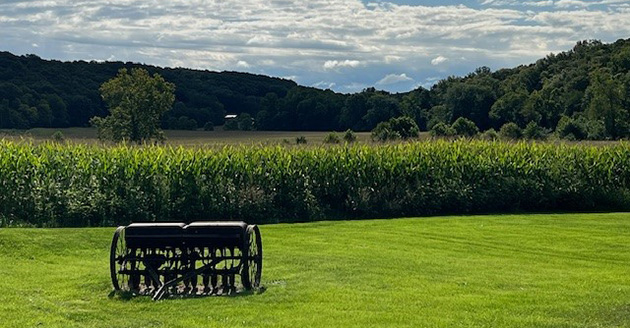Improve Bioenergy Populus Crops
Modification of the Lignin biosynthetic pathway in populus to improve its utility as a bioenergy crop
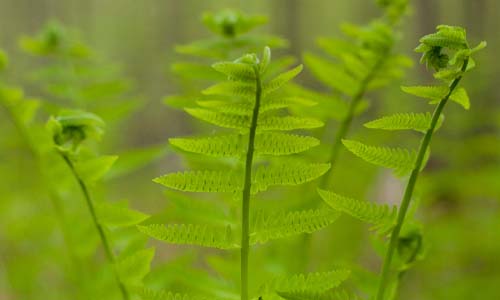 Concerns about energy security and the environment have prompted policymakers in the U.S. to explore options for substituting petroleum-based fuels with renewable, sustainable biofuels. The primary liquid biofuel used globally is ethanol. In 2017, 15.8 billion gallons of fuel ethanol were produced in the U.S., a vast majority of which was derived from corn (Renewable Fuels Association, 2018). When a significant portion of the corn crop is diverted away from its primary use (food and feed), the cost of a wide variety of commodities is affected. To meet the growing demand for renewable fuels, while minimizing disruptive economic effects, alternative feedstocks will be needed. Poplars (species within the genus Populus) offer several advantages over other dedicated bioenergy crops, including its ability to flourish on marginal lands (see below). A major impediment for the use of poplar wood or any other cellulosic feedstock is the recalcitrance of lignin. The proposed research will help enable us to assess the benefits that could accrue from using lignin-modified poplar as a feedstock for producing biofuels. Our results with poplar can be used as a guide for other researchers who are attempting to improve the conversion efficiency of other cellulosic feedstocks.
Concerns about energy security and the environment have prompted policymakers in the U.S. to explore options for substituting petroleum-based fuels with renewable, sustainable biofuels. The primary liquid biofuel used globally is ethanol. In 2017, 15.8 billion gallons of fuel ethanol were produced in the U.S., a vast majority of which was derived from corn (Renewable Fuels Association, 2018). When a significant portion of the corn crop is diverted away from its primary use (food and feed), the cost of a wide variety of commodities is affected. To meet the growing demand for renewable fuels, while minimizing disruptive economic effects, alternative feedstocks will be needed. Poplars (species within the genus Populus) offer several advantages over other dedicated bioenergy crops, including its ability to flourish on marginal lands (see below). A major impediment for the use of poplar wood or any other cellulosic feedstock is the recalcitrance of lignin. The proposed research will help enable us to assess the benefits that could accrue from using lignin-modified poplar as a feedstock for producing biofuels. Our results with poplar can be used as a guide for other researchers who are attempting to improve the conversion efficiency of other cellulosic feedstocks.
In addition to being a versatile model system, poplars also have commercial value. As a result, trees that have been genetically engineered for research purposes have the potential to be deployed commercially. However, government regulators and the public have concerns about releasing fully fertile transgenic trees. Thus, in a separate project, we are attempting to engineer reproductive sterility. This outcome will not only provide for transgene confinement, but will prevent photosynthate being diverted away from vegetative growth to support reproductive effort. Because sterile trees will grow faster, less land will be needed to produce a given amount of biomass.
Project Director: Dr. Mike Jenkins
10/01/2018 - 06/01/2023

